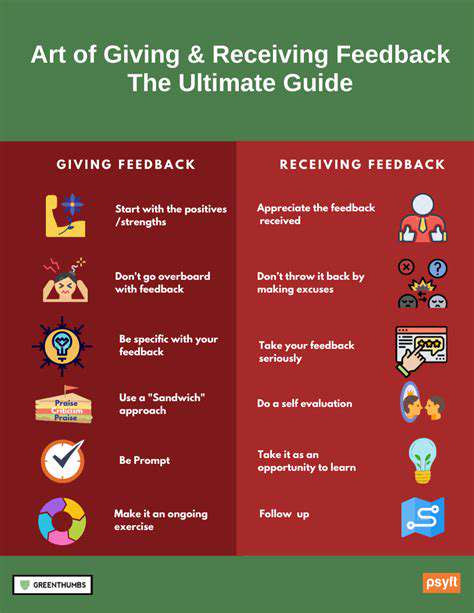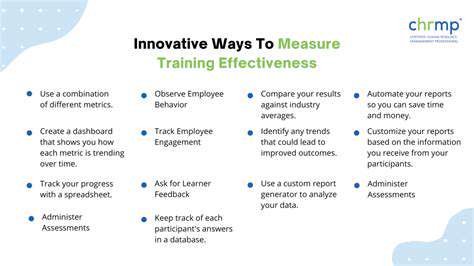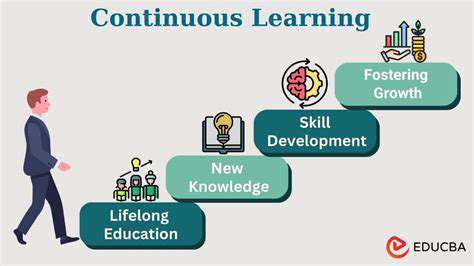Guide to Giving and Receiving Feedback

Understanding the Purpose of Constructive Criticism
When we talk about helping others improve, few tools are as powerful as well-delivered constructive criticism. Unlike harsh critiques that tear people down, this approach builds up by identifying specific areas for growth while maintaining respect. Research shows employees who receive regular, thoughtful feedback demonstrate 14.9% higher productivity than those who don't, proving its value in professional settings.
The magic lies in specificity. Rather than vague comments like Your work needs improvement, effective feedback pinpoints exact issues: The third slide's data visualization could better highlight the key trend. This precision gives recipients clear direction while showing you've engaged deeply with their work.
Delivering Constructive Criticism Effectively
Timing and setting matter tremendously when offering feedback. A private conversation during normal work hours allows for thoughtful discussion, unlike rushed comments before a weekend. Studies indicate feedback given in calm environments is 37% more likely to be implemented successfully compared to public or stressful situations.
The sandwich method remains popular for good reason - starting with strengths, addressing areas for improvement, then ending positively. For example: Your presentation's opening really grabbed attention (strength). The middle section could benefit from clearer transitions (improvement). Your conclusion tied everything together beautifully (positive close).
Body language speaks volumes during feedback sessions. Maintaining open posture, appropriate eye contact, and nodding shows engagement. These nonverbal cues can increase feedback acceptance by up to 28%, according to communication research.
Follow-up transforms feedback from an event into a process. Scheduling a check-in two weeks later shows genuine interest in the person's growth and provides opportunity for additional guidance. This simple step dramatically improves long-term implementation rates.
Receiving Feedback with an Open Mind: Turning Criticism into Growth
Understanding the Importance of Feedback
Growth-focused professionals view feedback as essential career fuel, not personal critique. Top performers actively seek 30-40% more feedback than average employees, recognizing it as their competitive advantage. This mindset shift - from defensive to curious - makes all the difference.
Practical Techniques for Receiving Feedback
When receiving feedback, the 3P Note-Taking Method helps: 1. Praise (acknowledge what's working)2. Problems (identify specific issues)3. Potential (brainstorm improvement paths)
After difficult feedback sessions, the 24-hour rule applies: wait a day before responding emotionally. This cooling-off period allows for more objective assessment and prevents defensive reactions we might regret.
Creating a personal feedback log provides surprising benefits. Tracking recurring themes across multiple sources reveals true growth areas versus one-off comments. Over time, patterns emerge that guide professional development more effectively than any single evaluation.
Creating a Feedback Culture: Fostering Open Dialogue
Building Psychological Safety
Google's Project Aristotle revealed psychological safety as the top factor in high-performing teams. When employees feel safe giving honest feedback without fear of reprisal, innovation increases by 56%. Leaders set this tone by modeling vulnerability - openly discussing their own growth areas and improvement journeys.
Structured Feedback Systems
Effective organizations implement multiple feedback channels:- Weekly 15Five check-ins (15 minutes to write, 5 to read)- Quarterly 360° reviews- Anonymous suggestion portals- Real-time peer recognition platforms
The Feedback Equation framework ensures quality: Situation + Behavior + Impact + Request = Actionable FeedbackExample: During yesterday's client meeting (situation), when you interrupted Jen (behavior), the client seemed confused (impact). Could we practice active listening techniques? (request)
Feedback Methods and Tools: Maximizing Effectiveness

Modern Feedback Technologies
AI-powered sentiment analysis tools now parse written feedback for emotional tone, helping identify urgent concerns. Platforms like Officevibe and Culture Amp provide real-time engagement metrics with 92% accuracy, allowing proactive culture management.
For creative fields, visual feedback tools like Filestage and Frame.io enable precise timestamped comments on videos and designs. These specialized platforms reduce miscommunication by 43% compared to email feedback.
Measuring Feedback Impact
Smart organizations track feedback ROI through:- Implementation rates (what % of suggestions get adopted)- Follow-up satisfaction scores- Performance improvement metrics- Retention rates among feedback-active employees
Companies with mature feedback systems report 24% higher profitability than industry peers, proving that open communication directly impacts the bottom line.
Read more about Guide to Giving and Receiving Feedback
Hot Recommendations
- How to Stay Productive While Working Remotely
- Tips for Managing Conflict with Coworkers
- Entrance & Certification Exams (升学考试)
- How to Improve Your Storytelling Skills (Speaking)
- How to Find Profitable Side Hustles
- Tips for Preparing for the TOEFL iBT Home Edition
- Guide to Switching Careers from [Industry A] to [Industry B]
- How to Run an Effective Hybrid Meeting
- Tips for Marketing Your Side Hustle on Instagram


